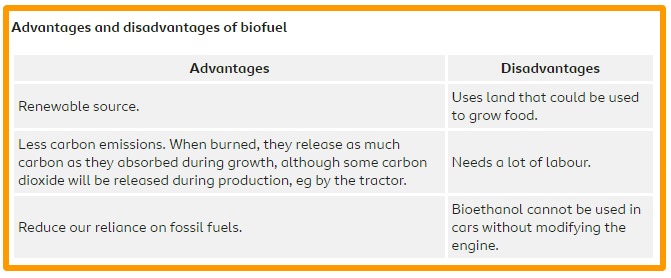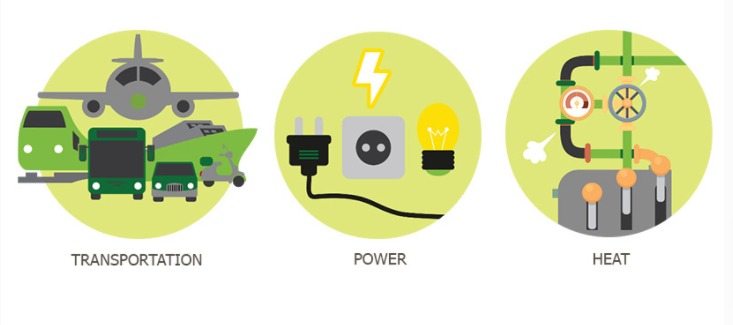How to Produce Biofuel
Ethanol is produced in the same way that alcoholic drinks are: chemical reactions, fermentation, and heat are used to convert the starches and sugars found in plants or natural waste into alcohol. It is then refined so that it can be used in vehicles. Biodiesel is made in a slightly different way, by combining an alcohol with vegetable oil or animal fat. Oils ranging from rapeseed to coconut can be used.
Biofuel products
1. Bioethanol products
Used in a traffic with a 10-percent target as fuel replacement (gasoline). Sugar cane and cassava are the raw materials.
2. Organic diesel
It replaces diesel for transport (10%) and generation of electricity (50 percent ). The primary materials are palm oil and jatropha.
3. Bio Oil
As a replacement for fuel oil up to 50% as a replacement to industry heating oil. Palm oil and rice oil are the raw materials.
The following derivatives are available for Bio-Oil:
-
Bio Kerosene
Home kerosene replacement (10%) with raw materials like palm oil and rice oil
-
Organic Oil
As a substitute for transport diesel (10%) and electricity generation (10% to 50%) in automotive diesel oil, biological oil as a replacement for marine and rail diesel industrial oil and feedstock identical to biological petroleum.
Biofuels Advantages And Disadvantages List
Advantages
- Renewable source.
- Less carbon emissions. When burned, they release as much carbon as they absorbed during growth, although some carbon dioxide will be released during production, eg by the tractor.
- Reduce our reliance on fossil fuels.
Disadvantages
- Uses land that could be used to grow food.
- Needs a lot of labour.
- Bioethanol cannot be used in cars without modifying the engine.

Biofuels – the alternative energy source
Is biofuel a suitable alternative?
The world is witnessing melting ice caps, rising temperatures and increasing natural calamities. Scientists agree that one of the main reasons for this drastic increase in climate change is the excessive consumption of fossil fuels and the consequent release of greenhouse gases into the depleting atmosphere.
According to the U.S. Department of Energy, a biofuel like ethanol produces up to 48 percent less carbon dioxide than conventional gasoline while the use of biodiesel releases only one fourth the amount of carbon dioxide that conventional diesel releases, making it a much more environmentally friendly option as compared to fossil fuels.
Unlike its non-renewable counterpart, biofuels can also be produced continuously without exhaustion since we can always grow more crops to turn into fuel.

Furthermore, the continued interest of the scientific community has resulted in higher productivity rates of vegetable oil crops addressing some of the deforestation concerns associated with biofuels.
With palm oil having the highest crop yield among the other vegetable oil options, it is believed to be the most economical input for biodiesel. The oil palm tree’s life-cycle of 30 years also means a high carbon capture value, absorbing carbon dioxide that is released into the atmosphere.
So, in a future where fossil fuels might no longer exist, perhaps we might look at biofuels as a safe and renewable alternative energy source.
Read Also: Wind Energy Advantages And Disadvantages



